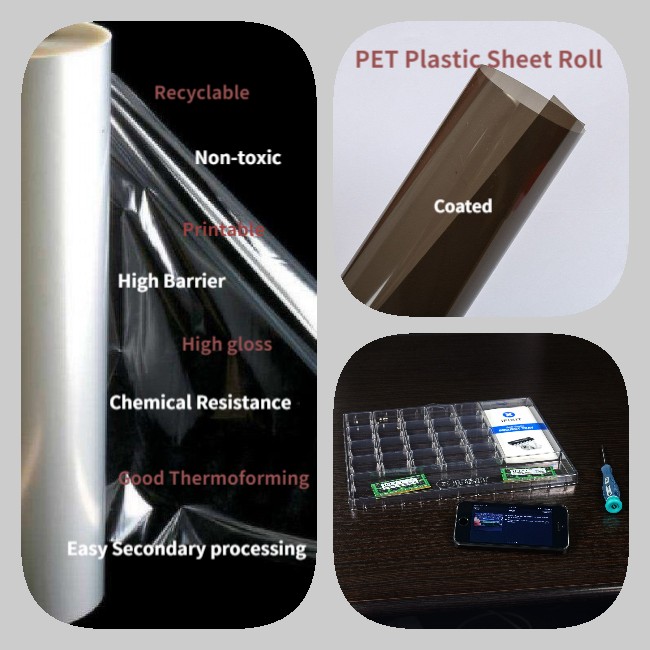Why can ESD plastic trays protect electronic products?
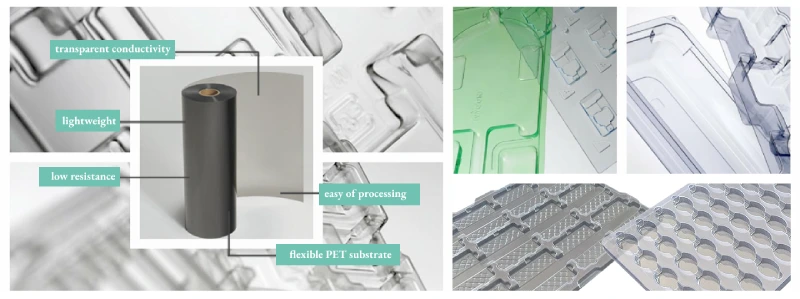
Raw materials for ESD plastic pallets
ESD electronics plastic trays are typically made from the following materials:
Conductive plastic: This material directs static charges to the ground, preventing them from building up on electronics.
Antistatic additives: These additives reduce the surface resistivity of a material, making it more likely to conduct electricity.
Other materials: Other materials, such as reinforcing fibers or flame retardants, are sometimes added to make the pallet stronger and more durable.
Production of ESD plastic pallets
The manufacturing process of plastic trays for ESD electronics products typically includes the following steps:
Mixing materials: Mix conductive plastics, antistatic additives and other materials in proportions.
Molding: The mixed material is injected into the mold and formed into the desired shape.
Cooling: Cool the mold to room temperature and remove the tray.
Inspection: Check the pallet for defects or damage.
PULIXIN ESD PET sheet roll
- Surface resistance: 103 to 105Ω/sq
- Performance: Permanent/Semi-permanent Conductive
- Width: 300~400mm
- Thickness: 0.18~2.0mm
- Weight: 50~150kg/roll
- Shape: Roll/Sheet
- Color: Clear
PULIXIN is a famous plastic sheet manufacturer in China, we have 12 co-extrusion production lines and 4 coating production lines. We produce PET/PP/PS blister sheets and coated sheets with conductive properties. Customers from more than 30 countries have chosen us.
The role of ESD plastic trays
The primary purpose of ESD electronics plastic trays is to protect electronics from electrostatic discharge (ESD) damage. ESD refers to the charge transfer phenomenon that occurs when a charged object comes into contact with another object. During the manufacturing and transportation of electronic products, ESD can cause damage to electronic components and even cause fires or explosions.
ESD electronics plastic trays protect electronics in the following ways:
- Conductive: The tray’s conductive material directs static charges to the ground, preventing them from accumulating on electronics.
- Isolation: Trays isolate electronics from other conductors, reducing the chance of ESD occurring.
- Cushioning: The tray absorbs the energy of collisions and impacts, protecting electronics from physical damage.
The protection principle of ESD plastic trays for electronic products is based on the following aspects:
- Faraday Cage Effect: The Faraday Cage Effect means that when a charged object is placed in a metal cage, the charge will be distributed on the surface of the cage, while the charge inside the cage is zero. ESD Electronics Plastic Trays treat electronics as a Faraday cage, shielding them from electrostatic fields.
- Charge Transfer: The conductive material of ESD electronics plastic trays directs static charges to the ground, preventing them from building up on electronics.
- Charge Dissipation: ESD electronics plastic trays provide a low-impedance path that allows static charges to dissipate quickly.
ESD Electronics Plastic Trays are an important tool for protecting electronics from ESD damage. They effectively prevent static charges from accumulating on electronic products by conducting, isolating, and buffering, thereby reducing the risk of ESD.
Related Products
-
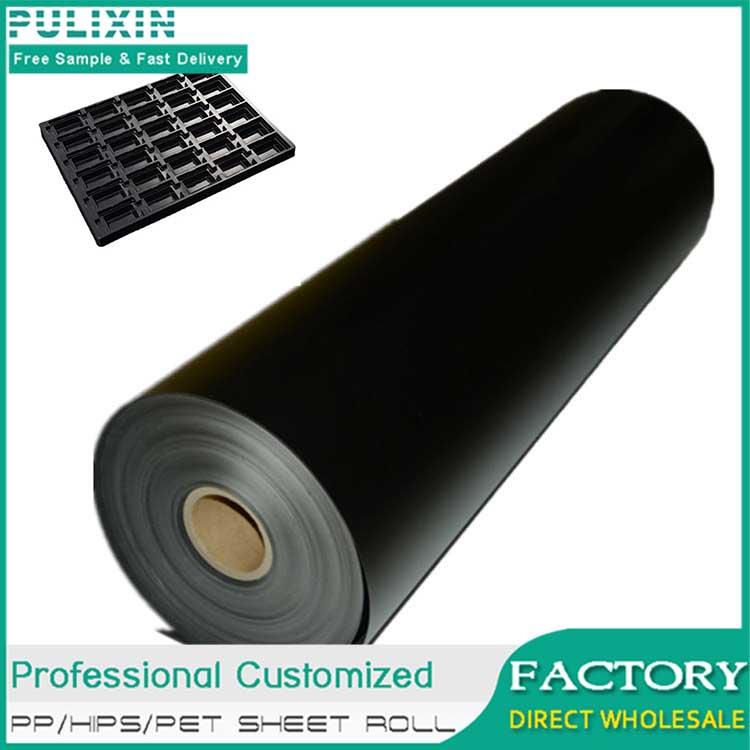
PP conductive plastic sheet
-

Antistatic HIPS plastic sheet for packaging electronic products
-
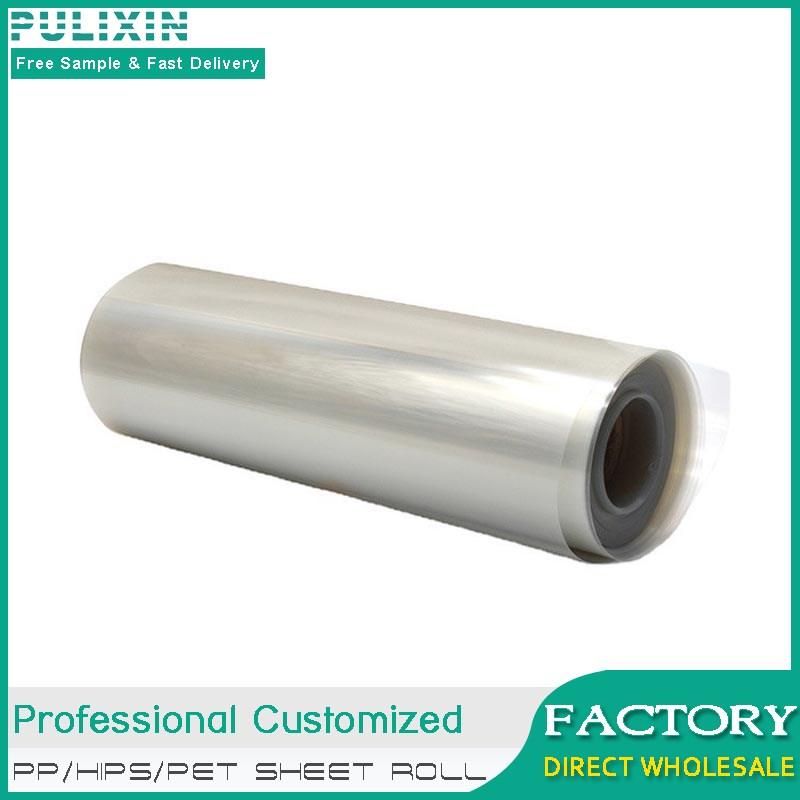
ESD HIPS plastic sheet
-
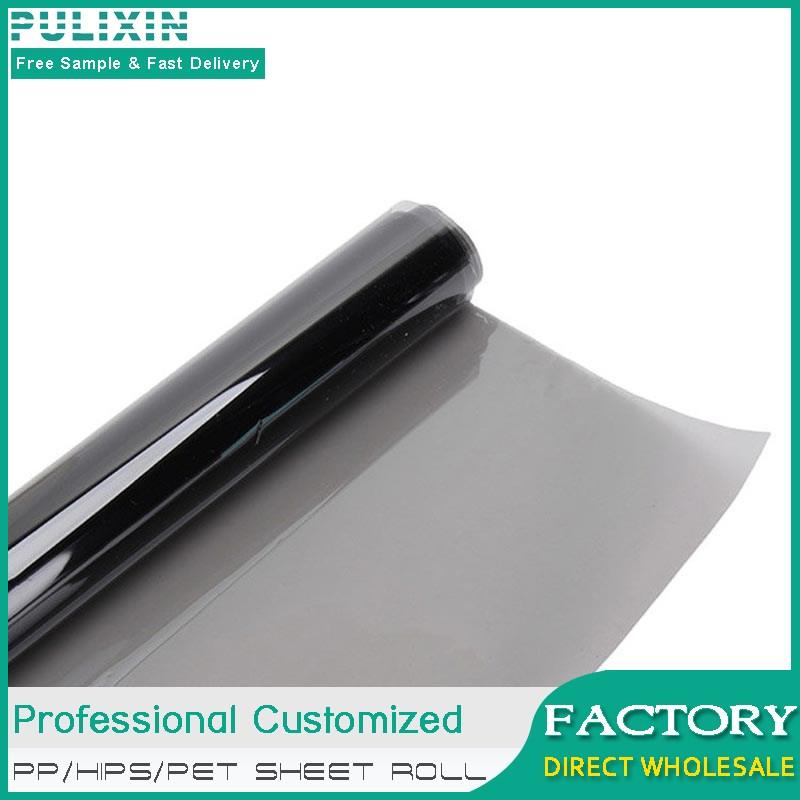
0.2mm ESD PS plastic sheet
-

Rigid Antistatic PS Plastic Sheeting/sheets in roll
-
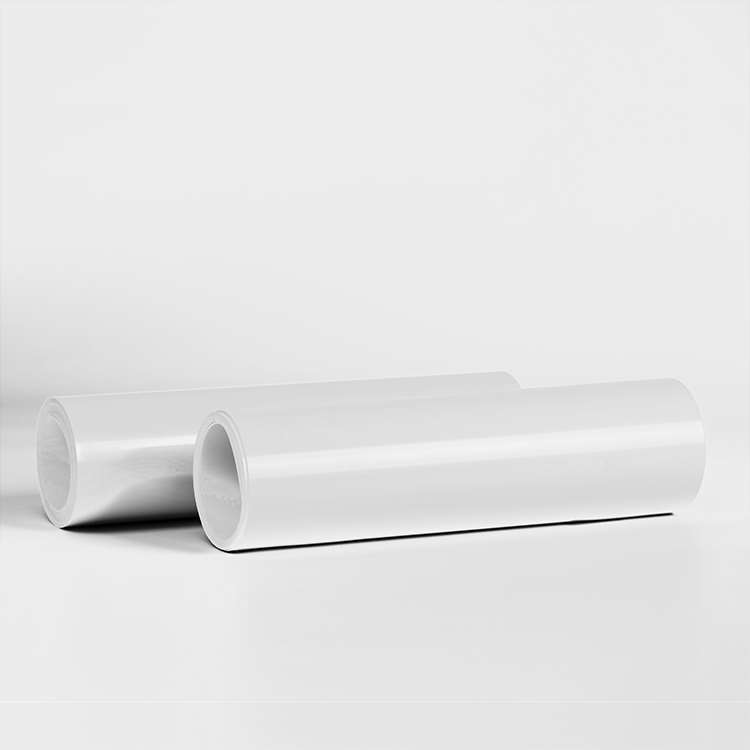
High Polymer PP Antistatic Thermoforming Film
-
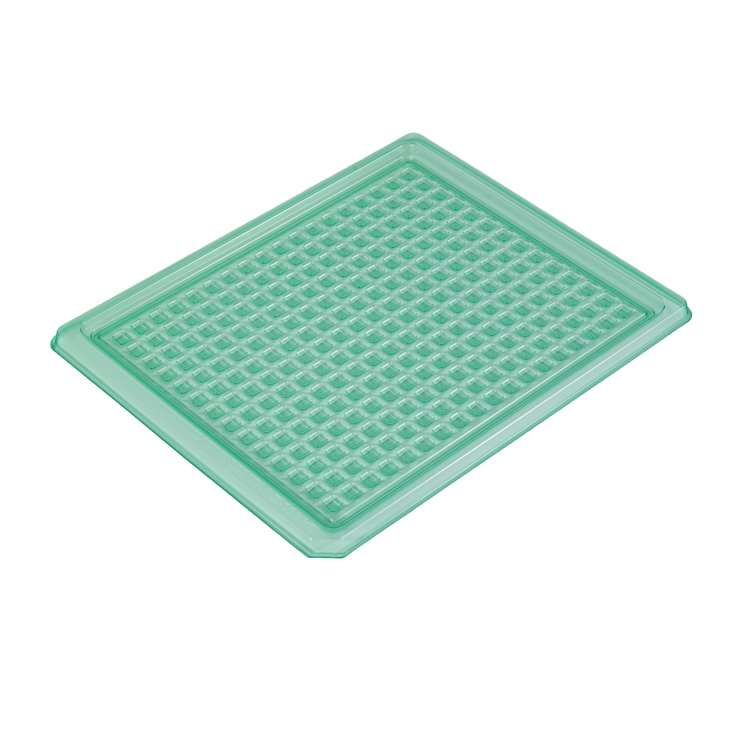
Green Coating PET antistatic Film Rolls For Blister
-
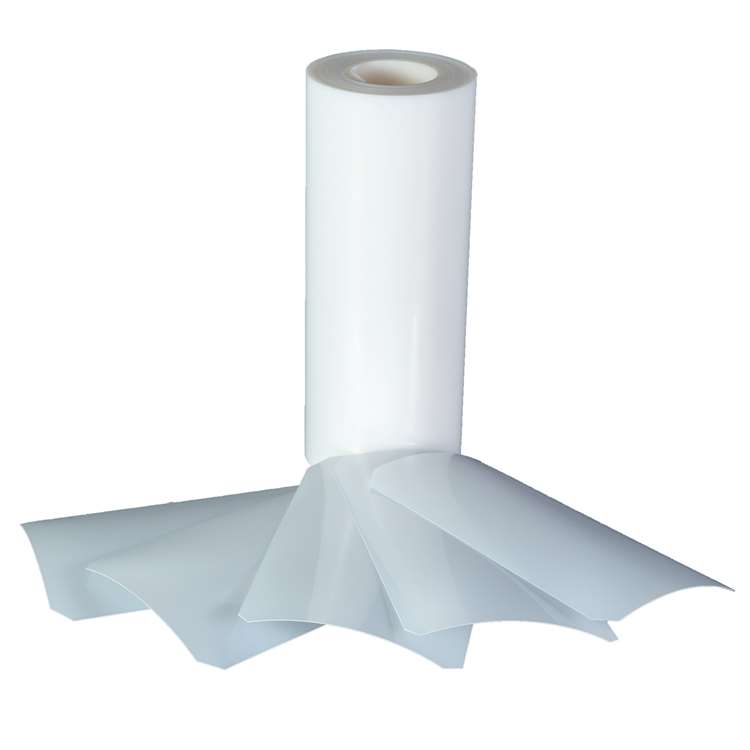
ESD Dissipative HIPS Plastic roll for thermoforming
Relative News
- How does the impact resistance of HIPS plastic sh…
- How to choose the appropriate HIPS sheet thicknes…
- Application Cases of PS Plastic Sheets in Thermof…
- Today’s shipment: Antistatic PP plastic she…
- Application Case of Antistatic PP Plastic Sheet &…
- Today’s delivery: 20 tons of PET plastic sh…
- White PS plastic sheet thermoformed yogurt cup te…
- Case: Application of PP plastic sheet thermoforme…
- Transparent PET sheet application case: used to m…
- Merry Christmas, warm blessings from PULIXIN
